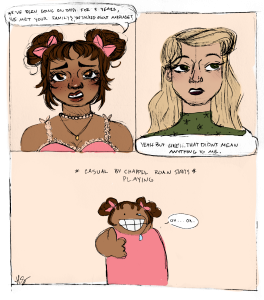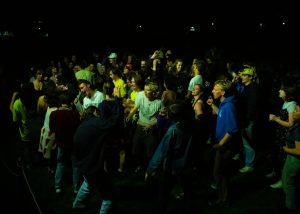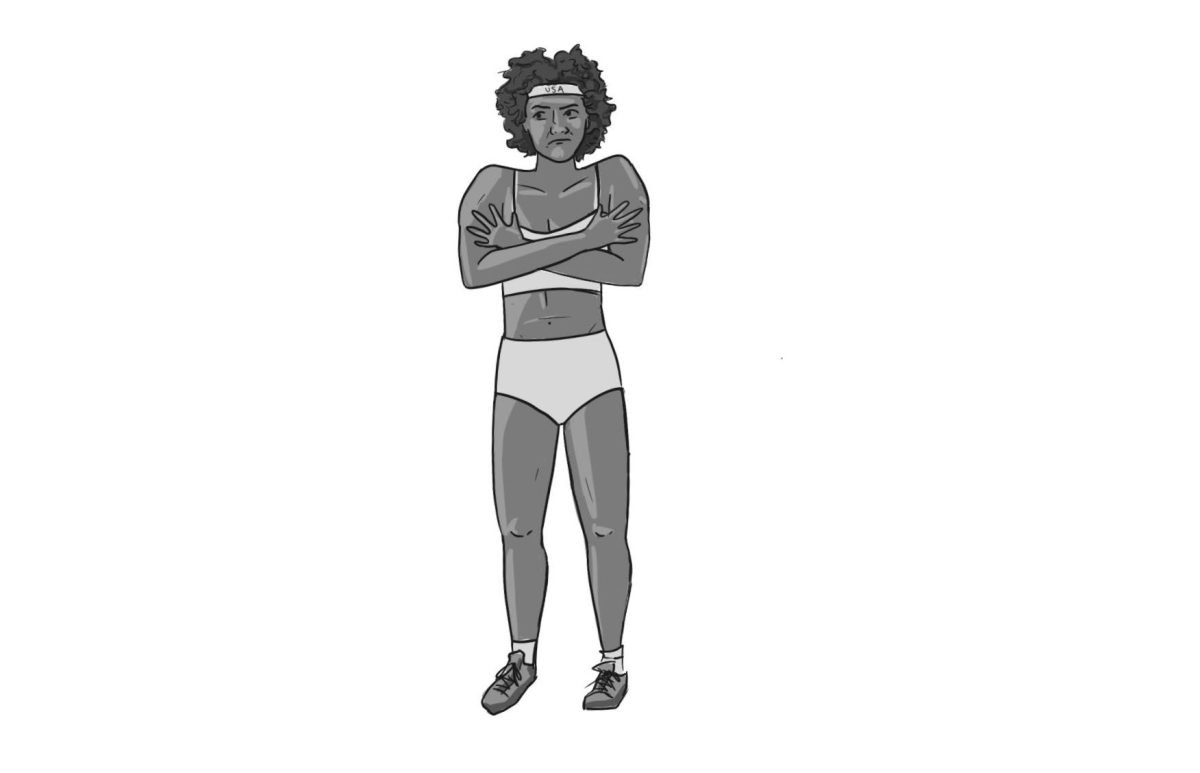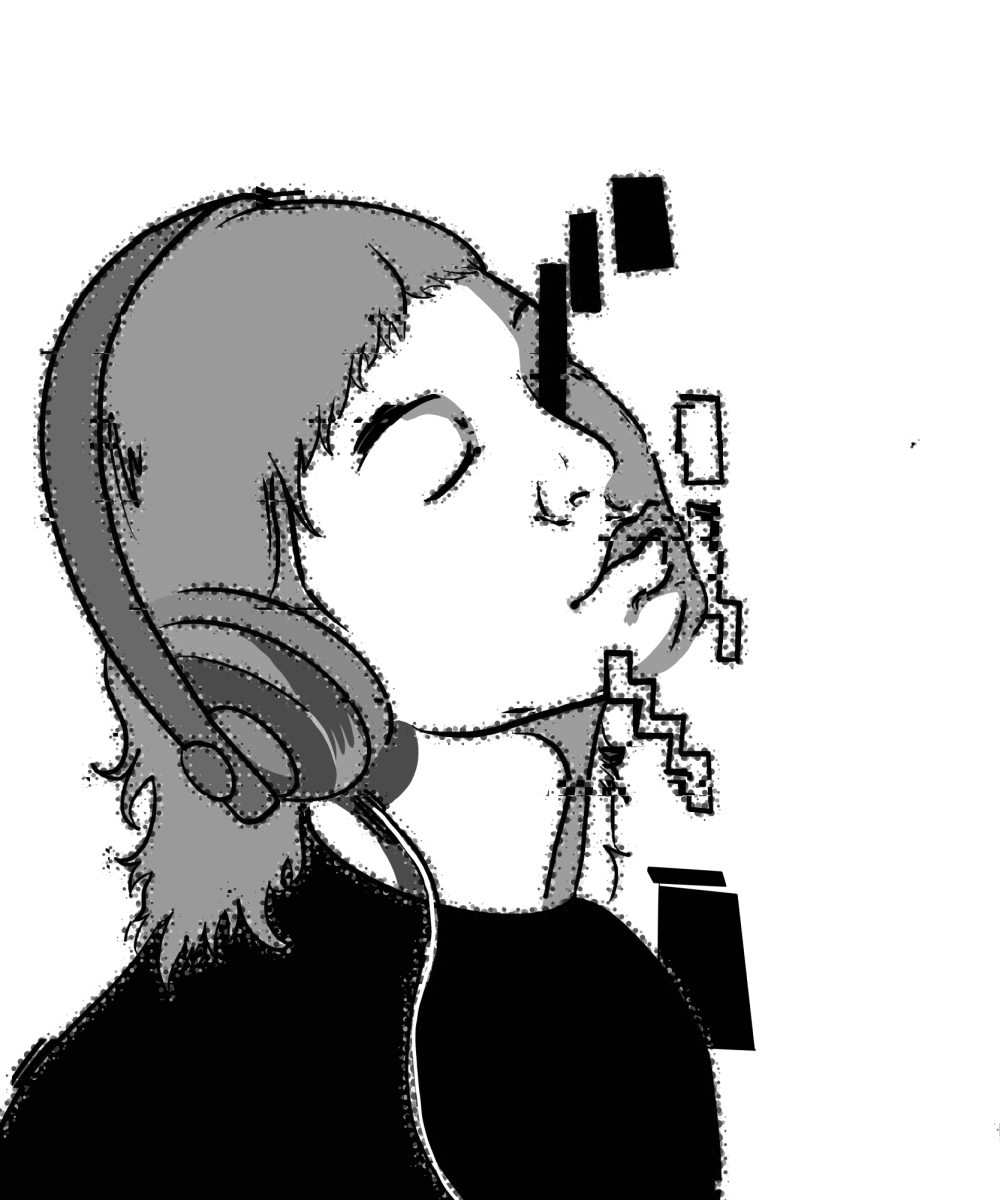I awoke on Saturday with a sort of half-baked plan to visit Myouryuuji Temple in west Kanazawa, also known as the Ninja Temple for its myriad booby traps and secret rooms (in truth, the temple has no relationship with ninja or ninjutsu). I attempted to contact some of my friends from PII to see whether or not they’d like to join me for the day, but received no response! Undeterred, I set off alone. Myouryuuji turned out to be only the first of many stops on what turned out to be a day-long trek through Kanazawa, and one of the best days I’ve had since coming to Japan.
Departing from Kanazawa Station, I walked west, map in hand. Miraculously, I didn’t get lost during the hour and a half walk from the station to the Tera-Machi Temple District, a neighborhood in which a temple seemed to jump out from behind every corner and nestle in every alleyway. The multitude of temples made locating the Ninja Temple a little difficult, but I managed to find it just in time to join a 12:00 PM tour of the temple interior. The tour was entirely in Japanese and pretty difficult to follow, so I was very grateful when a tour guide slipped me a laminated English guidebook.
The Ninja Temple was constructed in the Edo Period, a time of tumultuous civil war in Japan. The country was divided into regions dominated by local feudal lords, some of whom held ambitions to unify the country, some of whom vehemently opposed this idea. At that time, the prefecture of Ishikawa was a region known as Kaga. The feudal lord of Kaga constructed Myoujyuuji, as well as several similar structures, that served as covert hideouts for soldiers in addition to being fully functional Buddhist temples. By hiding soldiers at these locations, the feudal lord could quickly amass an army while keeping the locations of his samurai a secret.
Myoujyuuji is an extraordinarily architecturally complex building. During the Edo Period, the Tokugawa shogunate prohibited the construction of buildings higher than three stories. Three stories proved too small for the Kaga feudal lord’s tastes, so the architects of the Ninja Temple built what only appeared to be a two-story temple. The exterior of the building conceals two extra stories within a seven-layer internal structure. The temple contains 23 rooms and 29 staircases, many of them concealed behind trick doors and fake screens.
Some of the Ninja Temple’s more clever booby traps and tricks include a prayer offering box that opens into a pitfall with the pull of a lever; a secret passage concealed in a well that leads to Kanazawa Castle, miles away; and stairs that are partially papered in washi to allow soldiers lurking behind the staircase to ascertain whether enemies are approaching (in case of attack, the soldiers could poke the assailants’ feet with spears through these same stairs).

From the Ninja Temple, I decided to return to the station by way of the Kenrokuen Garden area. I felt a little like Forrest Gump when he decided to run cross country; I figured that I had walked this far, I might as well keep going! The day’s weather fluctuated wildly; the weather gods seemed to be unable to decide whether it should be rainy or partly-cloudy, finally giving up altogether and settling on sunny and boiling hot. Soaking with sweat and regretting that I hadn’t brought along my handkerchief to wipe my brow, I passed by the 21st Century Art Museum and entered Korinbo, Kanazawa’s high-end shopping district. The streets in Korinbo are lined with stores like Gucci and Louis Vuitton, and many elegantly dressed Japanese women were strutting around with shopping bags in hand, not a drop of sweat in sight. By this time my bangs were plastered to my forehead and I could feel my shirt sticking to my back, but I just kept walking.
Strolling through Korinbo, I stumbled upon a beautiful Shinto shrine. The shrine’s grounds included a beautiful pond and waterfall, and a short nature trail. I rested a while on a bench beside the pond, watching the koi fish wiggle around in the water. (I later showed Ai-san pictures I took of the shrine, which turned out to be the famous Oyama Jinja Shrine.)


Since I wasn’t expected home until late and it was only about 2:00 in the afternoon by that point, I decided on a whim to tramp to the other end of the city (still channeling Forrest Gump) and tour Higashiyama, or “old Kanazawa.” The area used to be, and still is, famous for its geisha tea houses. By the time I reached Higashiyama, my legs were pretty tired, but I was filled with a sense of triumph at having nearly traversed the entire city on foot. The streets of the Higashi Chaya District where geisha entertained at tea houses decades ago are lined with beautiful old wooden buildings with slatted facades, most of which have now been converted into shops. I was, however, able to tour a typical geisha house that had been perfectly preserved, and I enjoyed a cup of matcha and a small sweet in the house’s tea room. After the tour and tea, one of the tour guides brought out a lacquer umbrella and offered to take my picture outside the geisha house.


I finally headed home around 4:45, having walked around the city for a total of 6 HOURS (not including my walks to and from Nishi Kanazawa Station)! Although I’m not entirely sure how many miles I walked on Saturday, I traced my route in pink highlighter on my tourist map, which resulted in a kind of wide balloon-dog shape, a pretty significant chunk of the Kanazawa area.
Although the sites I visited today were lovely and fascinating, the aspect of my Saturday adventure that I truly relished was my freedom to go where I wanted, when I wanted, at my own pace. Although the cultural activities I’ve participated in through PII have been great, they often end too quickly or draw out too long for my taste. On Saturday, I could dilly-dally where I wanted to dilly-dally, and continue on to my next destination when I felt ready. If something in a shop caught my eye, I could go in and check it out without worrying about holding back the rest of the group or getting left behind.
Saturday came to a close with a solo dinner at my favorite udon-ya (a restaurant specializing in thick, white flour noodles). Ha-chan and Re-chan had been deposited at their father’s house for Saturday and Sunday night, and Ai-san was out with friends, so I walked to the nearby restaurant I had been to a few times with the family. Although the restaurant is part of a chain and the food is cheap, it’s really delicious and a popular spot with the locals. I ordered a bowl of hot bukkake udon (noodles in a warm broth) with green onions and ginger and some tempura and enjoyed a filling meal for under ¥500.
Sunday was a fun day spent at the beach with Ai-san, the boys, and the boys’ father Masa-san. We drove in Masa-san’s car, loaded with a grill, tent, and beach toys, to Chirihama, the famous beach where you can drive on top of the firmly-packed sand. Ai-san was very tired after a long night out with friends (she actually didn’t come home on Saturday night, surprising me by walking in the door around 9:00 on Sunday morning), so she spent most of the outing asleep in Masa-san’s car. Masa-san, the boys, and I played the day away building sand castles, playing catch with a frisbee, and body boarding in the refreshingly cool ocean water. We took a break for a barbecue lunch, and I introduced the boys and their parents to grilled pineapple, which they’d never eaten before. They found it delicious (as I hoped they would), and we devoured the sliced pineapple rapidly, along with yakisoba (grilled noodles), grilled bamboo shoots, potatoes, and corn. On our way back from the beach, we stopped at a roadside onsen to wash the sand from our bodies and relax in the warm water.


It was great to have a chance to get to know the boys’ dad better, as I before Sunday I hadn’t held a conversation lasting longer than 5 minutes with him. Masa-san is a very nice and interesting person. As it turns out, he has spent some time in the United States, living in a dorm at the University of Oregon for a time, then working in Atlanta, Georgia for at least a year. He speaks a bit of English, and his accent is very good. One of the first questions he asked me on Sunday was whether or not Americans still use the phrases, “What’s up?” and “Right on!” (I assured him that we used the former much more frequently than the latter). Masa-san also has a pretty good sense of humor, and likes to laugh and make jokes often. After returning to Kanazawa from the beach, we stopped at a konbini for ice cream. Pulling into the parking lot and halting the car, Masa-san suddenly spun around and deadpanned, “Shall we Haagen-Dazs?” which the boys and I found quite hilarious.
Over all, it was an amazingly fun, if exhausting, day. I can’t really remember the last time I went to the beach and swam in the ocean, or built sand castles. It was great to relax and act like a kid again, especially in light of my recent class stresses.
Monday in Japan marked Marine Day, a national holiday for the ocean. I didn’t have class, so I went to Rifare for some homework and studying. I return to class on Tuesday for the last quarter of my studies with PII. I am really eager for my classes to come to an end, as I am excited to go to Kagoshima and see Mao-san, and after that return home! I am starting to feel a bit homesick now, and really looking forward to some time with my family upon my return to the United States.







